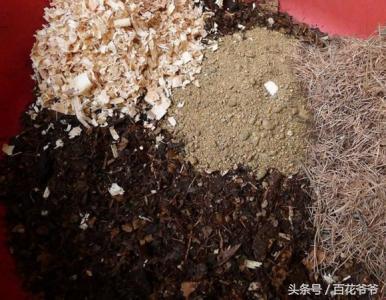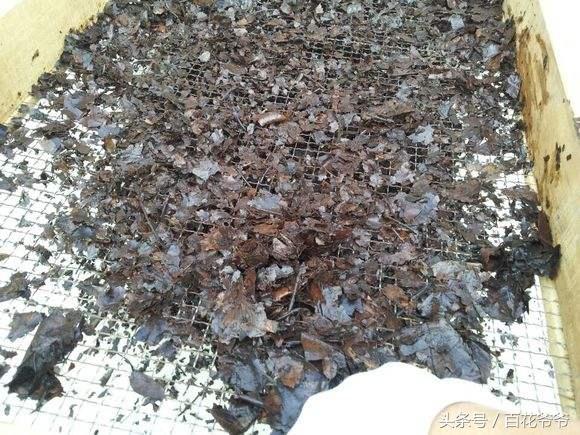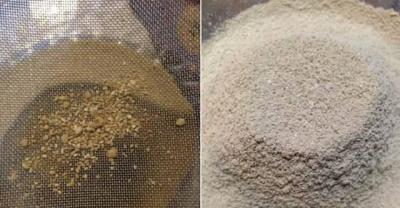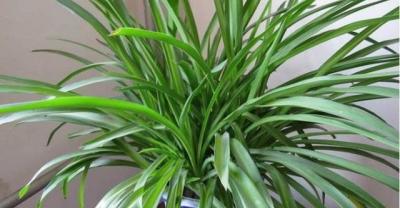Growing flowers in the soil prepared by these methods can make the flowers big and strong without fertilization.
Soil is the key to the growth of a pot of flowers. Today, I would like to recommend some of the most commonly used soil preparation methods for flowers for reference.
Common materials for soil configuration:

Rotten leaf soil, garden soil, river sand, barnyard manure, rice chaff ash, sawdust, peat, silica, black hill mud, moss, bone powder to benefit sulfur powder and various fertilizers for nitrogen, phosphorus and potassium. According to different plants, different raw materials are selected and prepared in different proportions.
It is recommended for general grass and flower soil: 5 parts of rotten leaf soil, 3 parts of garden soil and 2 parts of river sand.
It is recommended for woody flower soil: 5 parts of rotten leaf soil, 4 parts of garden soil and 1 part of river sand.

Of course, if you use it for sowing or planting seedlings, you can refer to these three soil proportions.
1. 5 pieces of rotten leaf soil, 3 parts of garden soil and 2 parts of river sand.
2. 2 parts of rotten leaf soil, 1 part of garden soil, a small amount of stable fertilizer and a small amount of sand.
3. 1 part of rotten leaf soil, 1 part of garden soil, 1 part of rice chaff ash, and a small amount of stable fertilizer.

We can also configure different soils according to the preference of plants.
Shade-tolerant plants:
0.5 parts of rotten leaf soil, 2 parts of garden soil, 1 part of stable fertilizer soil, 0.5 part of rice chaff ash.
2 parts of rotten leaf soil, 1 part of river sand, 1 part of sawdust or peat.
Acidophilic plants:
Rotten leaf soil, garden soil and add a small amount of yellow sand.
2 parts of mud, 1 part of peat or sawdust, add a small amount of bone powder.
The above proportion is for reference only. Friends should choose to use it according to their own actual conservation environment. Of course, if you have a better way to use it, you are welcome to share it with you, gather your wisdom, and let us grow flowers better!
- Prev

Since using these four things to raise flowers, the leaves are oily green, and the pots explode as soon as they bloom. There is no need to buy flower fertilizer!
As the saying goes, if you want flowers to grow well, fertilizer should keep up, but now advocate all kinds of inorganic flower cultivation, chemical fertilizer seems to be less popular, that in our...
- Next

Flower master: no need to turn over the pot to change soil, no fertilizer, flowers burst balcony!
Hua Xiansen recently met an awesome man who is very good at growing flowers in potted plants at home! The things used to grow flowers in potted plants at home are even more powerful. His potted flowers have never been.
Related
- What if the leaves of potted flowers turn yellow?
- Florescence Control of several Flowers
- Anti-freezing technology and post-freezing nursing technology of flowers
- What is the classification of flowers? What are the common methods of flower classification?
- Prevention and control of alkali and acid damage of flowers in courtyard
- Technology of Anti-freezing and restoring growth of Flower seedlings in greenhouse and greenhouse
- How does flower fertilization not hurt the root? Fertilization technology of flowers
- Key points of disinfection in flower greenhouse
- Several pesticides that are banned or used cautiously in flowers
- How to fertilize the flowers that watch the leaves?

